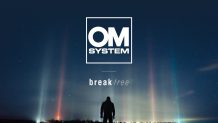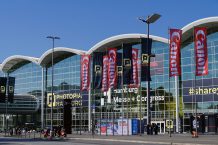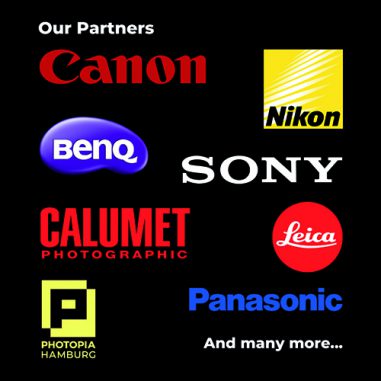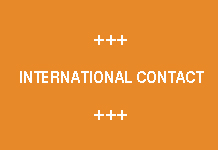Kodak CEO Daniel Carp said, “Our first-quarter results reflect an unprecedented combination of events in recent times… In these difficult times, Kodak continues to deliver on its commitment to shareholders by managing well those things within our control and by pursuing our strategies for growth. We contained costs and strengthened the financial position of the company by paying down debt, compared with the year-ago level, and by driving money-saving operational improvements… In this environment, Kodak will continue to work hard to generate cash and look for opportunities to make the company more cost competitive.”
Compared with 2002, Kodak’s film sales for the 2003 first quarter were down by 9 percent worldwide, 10 percent in the U.S., which the company explained as a combination of continuing economic weakness, consumers replacing film cameras with digital cameras, and the late date for Easter this year, which shifted Easter picture-taking into the second quarter of 2003.
Income from photofinishing was down, too, for the same reasons. Net worldwide photofinishing sales, including Kodak’s wholly-owned subsidiary, Qualex Inc., dropped 14 percent in 1Q 2003 compared with 1Q 2002. This reflected lower volumes and prices but was partially offset by favorable currency exchange rates. Qualex’s U.S. sales were down by 22 percent, which Kodak said reflected “the effects of a continued weak film industry, consumer’s shifting preference to on-site processing, and the adverse impact of several hundred store closures by a major U.S. retailer.”
In Europe, on the other hand, Kodak’s Consumer Imaging Services revenues benefitted from the “full-quarter impact of the acquisitions of Spector Photo Group’s wholesale photofinishing and distribution activities in France, Germany, and Austria; ColourCare Ltd.’s wholesale processing and printing operations in the United Kingdom; and Percolor photofinishing operations in Spain.”
The company’s net worldwide sales of consumer color paper decreased 3 percent in the quarter, compared with 1Q 2002. This was due to a 6 percent decline in volume and a 4 percent lower price/mix but was partially offset by 7 percent favorable exchange. On the other hand, net worldwide sales of Inkjet photo paper increased 51 percent for the quarter.
Kodak’s GAAP net income for 1Q 2003 (in accordance with Generally Accepted Accounting Principles) was $ 12 million/$ 0.14 per share, close to what the company predicted to Wall Street in January. These figures exclude non-operational items and one-time items such as $30 million for previously announced layoffs.
In Kodak’s photography segment, sales totaled $1.798 billion, down 1 percent. For 1Q 2003, the segment posted a loss from operations of $25 million, compared with earnings from operations of $16 million a year ago.
Still, there were bright spots in the quarter, including a 32 percent increase in sales of Digital & Applied Imaging products and services; a 17 percent in-
crease in sales of Entertainment Imaging products and services; and a slight increase in share in the U.S. consumer film market. The company’s Health Imaging division, which sells both film and digital
X-ray products and systems to hospitals and healthcare professionals, enjoyed a 5 percent increase in sales and the Commercial Imaging unit had a 7 percent increase.
Kodak’s board of directors announced a cash dividend of 90 cents per share of common stock, payable July 16 to shareholders of record as of June 2. This payment schedule follows a policy adopted in October 2001 to change the dividend disbursement from quarterly to semi-annual, better aligning the company’s cash disbursements with the seasonal cash flow pattern of the photo industry.





